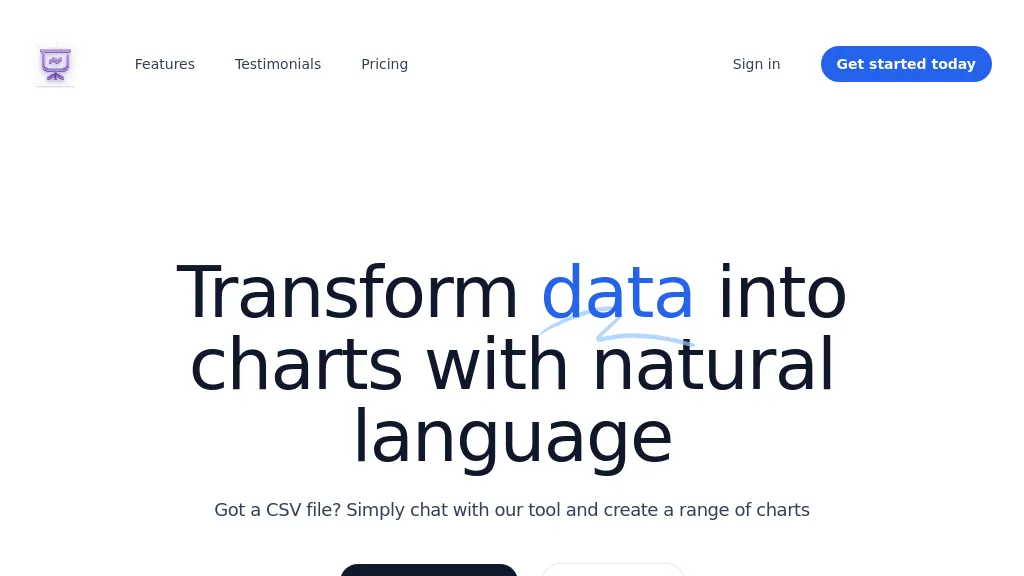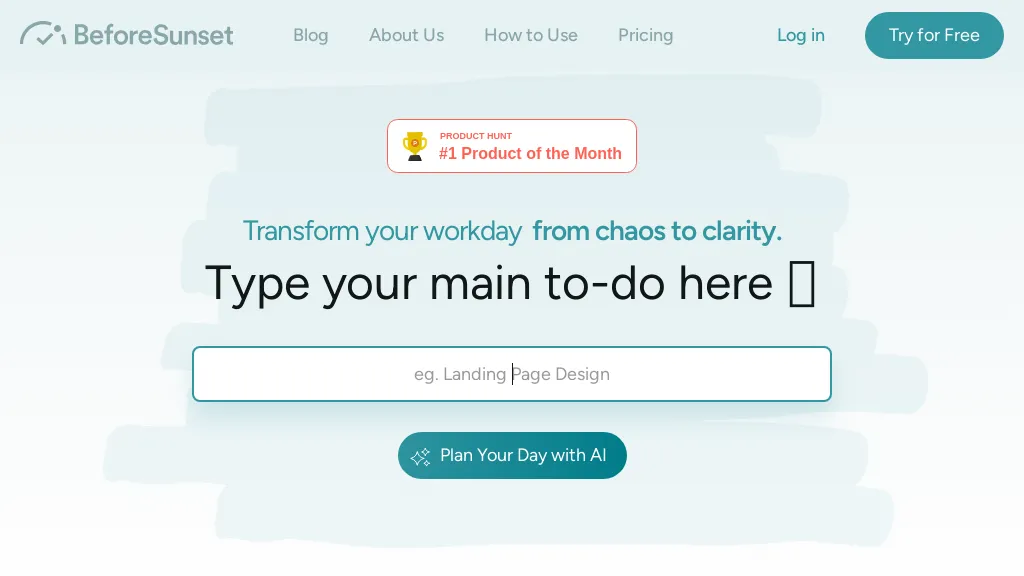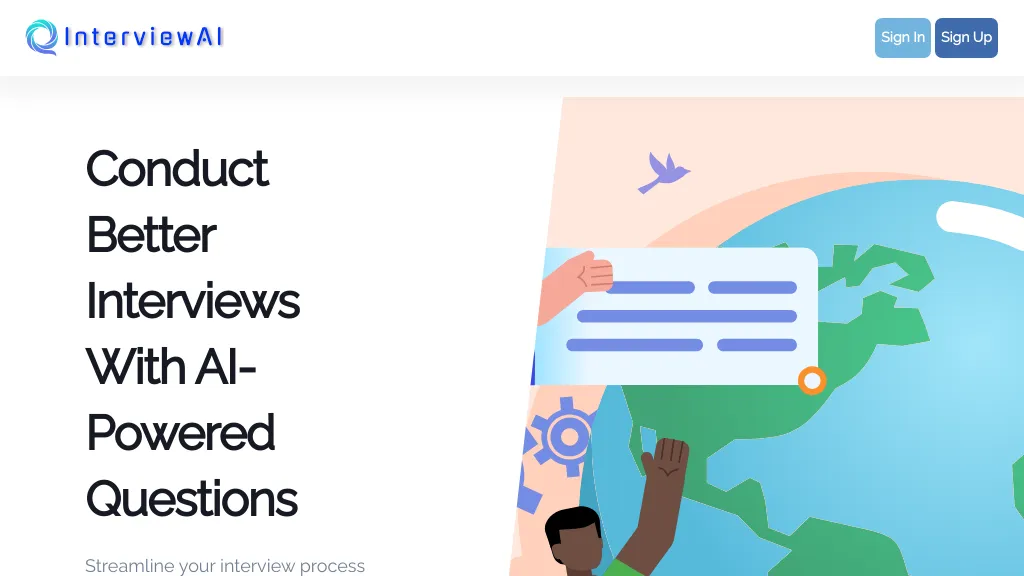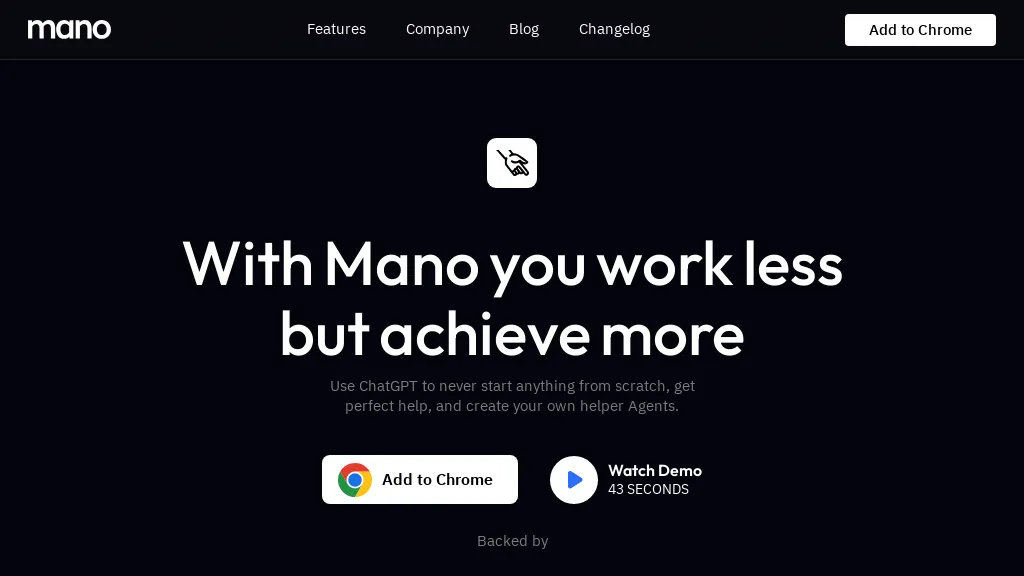To get the most up-to-date and accurate information about “Careerflow,” I recommend conducting an online search or referring to more recent sources. You can also provide additional context or specify the industry or field you believe “Careerflow” may be related to, and I can try to provide a more relevant answer based on my existing knowledge.
How do I use Careerflow LinkedIn optimization?
As of my last update in September 2021, there is no specific tool or feature called “Careerflow LinkedIn optimization.” It’s possible that such a tool or service has been developed or released after my last update. However, I can provide some general guidance on how to optimize your LinkedIn profile to enhance your career prospects:
Profile Completeness: Ensure that your LinkedIn profile is fully complete. Include a professional photo, a compelling headline, a comprehensive summary, and a detailed work experience section. Add relevant skills, education, and any additional relevant information.
Keyword Optimization: Use relevant keywords throughout your profile that align with your skills, industry, and job goals. This will help you appear in search results when recruiters or employers are looking for candidates with your qualifications.
Custom URL: To make your LinkedIn profile URL more professional and shareable, customise it.
Engaging Summary: Craft a well-written and engaging summary that highlights your professional achievements, aspirations, and what sets you apart from others in your field.
Work Experience: Elaborate on your work experience, showcasing your accomplishments, key projects, and contributions to the organizations you’ve worked for.
Recommendations and Endorsements: Request recommendations from coworkers, superiors, or clients to strengthen the legitimacy of your profile. Also, seek endorsements for your skills from colleagues and peers.
Skills and Endorsements: Include relevant skills and make sure they are endorsed by your connections. This can help reinforce your expertise in specific areas.
Networking: Connect with people in your industry or field of interest, join relevant groups, and actively engage with content to expand your network.
Share Content: Share informative and relevant content related to your industry. This can help demonstrate your expertise and keep your profile active and engaging.
Continuous Update: Regularly update your LinkedIn profile to reflect any changes in your career, skills, or accomplishments.
LinkedIn Learning and Certifications: Consider taking courses on LinkedIn Learning and adding relevant certifications to your profile to showcase continuous learning and professional development.
Remember that LinkedIn is a professional networking platform, so maintaining a polished and updated profile can significantly impact your online presence and increase your visibility to potential employers or recruiters. Always keep your profile professional and consistent with your career goals. If Careerflow LinkedIn optimization is a new tool or service, make sure to review its features and terms before utilizing it to optimize your LinkedIn profile.
What is the LinkedIn optimisation score?
LinkedIn introduced the LinkedIn optimization score, which is a metric designed to help users improve their LinkedIn profiles and increase their visibility on the platform. The optimization score is essentially a numerical representation of how complete and effective your profile is in attracting the attention of potential employers, business partners, or connections.
LinkedIn optimization score is calculated based on how well you have completed different sections of your profile, including:
- Profile Photo: Having a professional profile photo can significantly impact your score.
- Headline: A compelling and relevant headline can improve your score.
- About section: A well-written and detailed summary can positively affect your score.
- Experience: Including comprehensive and accurate details about your work experience can boost your score.
- Skills: Adding relevant skills and getting endorsements from others can improve your score.
- Recommendations: Receiving recommendations from colleagues or supervisors can positively impact your score.
- Education and certifications: Adding educational qualifications and relevant certifications can improve your score.
- Accomplishments: Including any relevant awards, publications, or projects can increase your score.
LinkedIn provides suggestions and guidance on how to improve your profile in each of these areas, helping you achieve a higher optimization score. A complete and optimized profile is more likely to attract attention and engagement from other LinkedIn users, recruiters, and potential employers.
Keep in mind that LinkedIn may update its features and algorithms over time, so it’s a good idea to check the LinkedIn Help Center or their official blog for the latest information on the optimization score and any changes that may have occurred since my last update.
How do I access LinkedIn Career Explorer?
LinkedIn Career Explorer is a tool that allows users to explore various career paths and gain insights into the skills and experiences needed for specific roles. However, since my information may be outdated, I recommend checking the LinkedIn platform or their official website for the most up-to-date information and access to LinkedIn Career Explorer.
To access LinkedIn Career Explorer, follow these steps:
- Sign in to your LinkedIn account: If you don’t have a LinkedIn account, you will need to create one.
- Navigate to the Career Explorer: You can usually find the Career Explorer by clicking on the “Jobs” tab in the LinkedIn navigation menu and then selecting “Career Explorer” from the dropdown menu.
- Explore Career Paths: Once you are on the Career Explorer page, you can search for different career paths and explore the skills and experiences required for each role.
Please note that LinkedIn’s user interface and features may change over time, so if you can’t find the Career Explorer in the location mentioned above, try searching for it in other parts of the LinkedIn platform or refer to LinkedIn’s help documentation for assistance.
If the LinkedIn Career Explorer is no longer available, there might be alternative tools or features on LinkedIn or other platforms that serve a similar purpose, so consider exploring those options as well.
Explore AI tools

PixAI.ART Free
Pixai is a platform that uses artificial intelligence to create art in realistic or anime styles for a variety of users.

PicTales Freemium
With the help of Pictales, an AI-powered tool, you can create original stories based on your favourite images.

Argil Free trial
A no-code AI automation tool called Argil can help you save hours of effort each week. You may use it to make.

My GPT Wizard Free trial
Using AI-driven creativity, My GPT Wizard is an AI writing and content generating companion.
HubSpot Campaign Assistant Free
A free AI tool for creating marketing assets is HubSpot Campaign Assistant. Utilising Hubspot Campaign As..

Kome Freemium
Kome is a comprehensive bookmark extension powered by AI that improves your internet surfing. W..

HeyLibby Free
An AI platform called HeyLibby.ai can help you automate the lead generating and lead management processes.

B2BRocket Subscription
An revolutionary AI solution called B2B Rocket AI was created to speed up the B2B sales process. The product of B2B Rocket AI.

WPTurbo Freemium
WPTurbo compiles WordPress development tools to assist web designers in releasing websites more quickly. The key thing.

BrainyPDF Free
With the aid of the AI tool BrainyPDF, you may communicate with any PDF file. It enables scholars, researchers, etc.
InterviewAI
An AI-powered tool called InterviewAI is revolutionising the interviewing process. Because of is real-time.
Machined.ai Free trial
The creation of content clusters is automated using the AI-driven technology Machined.ai. Using just..
MyShell Usage based
You may construct customised chatbots called She with the cutting-edge chatbot platform MyShell.
mst.ai Free
You may use Ministerai, a free AI art generator online, to let your imagination run wild.
Zentask Freemium
Zentask is an AI-powered tool that streamlines work and increases output. It provides a variety of.

Copilot2trip.com Freemium
Copilot2trip is a personal travel assistant powered by AI that makes trip planning simple. Wi..

RizeMail Free
Without requiring you to leave your inbox, Rizemail summarises your emails. No installation. for nothing. You s..

ProAI Image Generator Freemium
ProAI is an AI picture and art generator that can produce free graphics for a variety of purposes.

GenixGPT – Travel AI Free trial
GenixGPT is an AI trip planner that assists you in finding the greatest off-the-beaten-path destinations.

Coginiti Free trial
With the aid of Coginiti AI, users may consistently make high-quality illustrations.
Everbility Freemium
Coginiti AI is an AI data analytics assistant that helps users produce consistent high-quality insig..

TextLayer Freemium
Access to the most recent research and machine learning is made easier via Textlayer, an AI-powered research companion.

Chat2CSV Freemium
You may converse in natural language with your CSV files with Chat2CSV. Charts may be created using your data.
Imagica
With the aid of the AI tool Imagica, you may quickly create no-code AI apps.

BeforeSunset AI Free trial
BeforeSunset AI is an AI-powered assistant created to aid you in effectively planning and organising your day.
Fathom Lexicon Unknown
An AI tool called Fathom Lexicon specialises in locating and defining organization-specific terminology.

Lightly Subscription
Lightly is a cutting-edge cloud IDE driven by AI that makes it simple for developers to create and construct software.

GPTGO Free
An AI tool called GPTGO combines a search engine and chatGPT into one interface. GPTGO does more than only.

MemeSwift Free
An AI-powered programme called Memeswift makes amusing memes out of photos. Utilising Memeswift, you can easily.

SongR Free
SongR is an all-in-one AI text-to-song converter that makes it simple to fully compose.

Spheroid Contact
An AI programme called Spheroid AI Avatars enables users to construct interactive digital avatars known as.

Chat With Data Freemium
With the help of ChatWithData.ai, a potent AI tool, you can quickly and easily obtain insightful information.

Prompt Storm Subscription
A robust and user-friendly artificial intelligence prompt engineering Chrome software is called Prompt Storm.

Layerbrain Waitlist
An AI technology called Layerbrain makes it possible for autonomous agents to achieve total interoperability. With i..

Released Freemium
Released AI is an effective programme that quickly and easily creates interesting release notes and changelogs.

Gliglish Freemium
Want to increase fluency in speaking and listening while also developing your language skills? Look into Gligli.

EchoFox Freemium
The AI-powered personal assistant Echofox provides quick audio message transcription services.
Recast Free
Recast is an AI-powered tool that transforms long articles into entertaining and informative audio c..
Mano AI Free trial
Mano AI is an AI-powered tool that aims to make your workday easier and more productive by automatin..

LogoPony
Logopony is an AI logo generator where you can create a custom logo for anything with just a few cli..

ObjectRemover Free
Object Remover is an AI-powered photo editor that allows you to easily remove unwanted objects from ..
Conclusion:
Optimizing your LinkedIn profile is crucial for enhancing your career flow and increasing your professional opportunities. By carefully curating your profile, you can showcase your skills, experiences, and achievements to potential employers, clients, and collaborators. Here are some key points to consider in the LinkedIn optimization process:
Profile Picture: Use a high-quality, professional-looking photo that represents you in a positive and approachable manner. Avoid using overly casual or party-like pictures.
Headline: Craft a compelling headline that highlights your expertise and key skills. This is the first thing people see when they visit your profile, so make it attention-grabbing.
Summary: Write a well-crafted and concise summary that summarizes your professional background, key achievements, and career aspirations.Use industry-specific keywords to increase discoverability.
Experience: Be thorough in detailing your work experience, including job titles, responsibilities, and accomplishments. It will be simpler to read if you use bullet points.
Skills and Endorsements: List relevant skills and ask your colleagues, connections, and supervisors to endorse you for those skills. This adds credibility to your profile.
Recommendations: Request recommendations from colleagues, supervisors, or clients to showcase your strengths and work ethic.
Education and Certifications: Include your educational background and any relevant certifications you have obtained.
Engagement: Actively engage with your network by sharing industry-related content, commenting on posts, and joining relevant LinkedIn groups.
Visibility: Adjust your privacy settings to ensure your profile is visible to recruiters and potential employers. Make sure to use a custom URL for your LinkedIn profile to easily share it.
Keywords: Incorporate relevant keywords related to your field of expertise throughout your profile. Your profile will be more visible in pertinent searches as a result.
Consistency: Ensure that your LinkedIn profile aligns with your resume and other professional materials, maintaining a consistent narrative.
Networking: Expand your network by connecting with professionals in your industry and related fields. Connection requests with a personal touch are more likely to be approved.
By optimizing your LinkedIn profile using these strategies, you increase your chances of attracting relevant opportunities, receiving more connection requests, and building a strong professional network. Regularly updating your profile and engaging with your connections will help you stay visible and relevant in your field. Remember, LinkedIn is a powerful tool, and investing time in optimizing your presence can lead to valuable career advancements.
FAQ:
Definition careerflow?
“careerflow” does not appear to be a widely recognized or established term in the context of career development or management. It is possible that the term may have emerged or gained popularity after my last update or that it is a specific term used within a certain industry or organization.
However, I can speculate on what “careerflow” might mean based on its components. “Career” refers to one’s profession or the course of a person’s working life. “Flow” is a psychological state of being fully immersed and focused in an activity, often associated with a sense of energized focus, complete absorption, and enjoyment in the process.
Combining these elements, “careerflow” could potentially refer to a state in which an individual experiences a sense of fulfillment, engagement, and productivity in their chosen career. It might imply that someone is experiencing a state of optimal performance and satisfaction in their work, where their skills, interests, and challenges align harmoniously. This term could be used to describe the ideal state of career progression or a fulfilling professional journey.
Keep in mind that without additional context, this is a speculative interpretation, and the precise meaning of “careerflow” would depend on its specific usage and context. If “careerflow” has gained specific usage in recent times, it would be helpful to refer to more up-to-date sources for a precise definition and understanding.
What is best ai – top AI tools?
As of my last update in September 2021, several AI tools have gained popularity for their performance, versatility, and ease of use. However, please note that the AI landscape is rapidly evolving, and newer tools may have emerged since then. Here are some of the top AI tools that were widely regarded as some of the best in 2021:
TensorFlow: Developed by Google’s Brain team, TensorFlow is an open-source machine learning library widely used for deep learning tasks. It provides a flexible ecosystem for building and deploying machine learning models.
PyTorch: Developed by Facebook’s AI Research lab, PyTorch is another popular open-source deep learning framework. It is known for its dynamic computation graph and ease of use, making it a favorite among researchers and developers.
Scikit-learn: Scikit-learn is a popular machine learning library for Python. It provides a simple and efficient way to implement a wide range of machine learning algorithms, making it ideal for beginners and seasoned practitioners alike.
Keras: Keras is an easy-to-use and user-friendly high-level neural networks API written in Python. It is built on top of TensorFlow and can also use Microsoft Cognitive Toolkit (CNTK) or Theano as a backend.
Microsoft Cognitive Services: This is a collection of AI APIs and services provided by Microsoft. It includes computer vision, natural language processing, speech recognition, and more, making it easy for developers to integrate AI capabilities into their applications.
IBM Watson: IBM Watson offers a suite of AI services and tools that cover natural language processing, machine learning, computer vision, and more. It’s widely used in various industries for creating AI-powered applications.
H2O.ai: H2O.ai provides an open-source machine learning platform that is easy to use and scalable. It offers automated machine learning, distributed computing, and seamless integration with other tools like Python and R.
Amazon AWS AI Services: Amazon Web Services (AWS) offers a range of AI services, including Amazon SageMaker for building, training, and deploying machine learning models.












DreamGF AI appears to be a platform or application that offers users the ability to create and interact with virtual girlfriends through artificial intelligence technology. Users can design their ideal virtual girlfriend by customizing various aspects such as character traits, clothing, tattoos, and facial proportions.
Thanks for sharing good job.
Your point of view caught my eye and was very interesting. Thanks. I have a question for you.
Can you be more specific about the content of your article? After reading it, I still have some doubts. Hope you can help me.